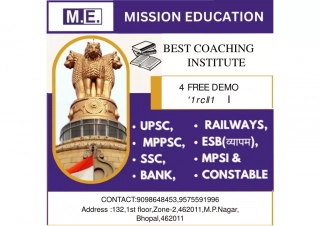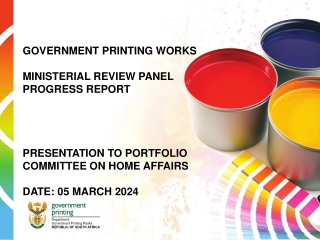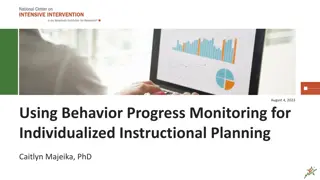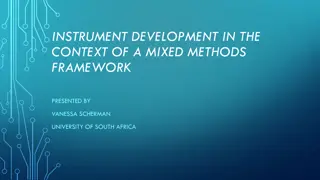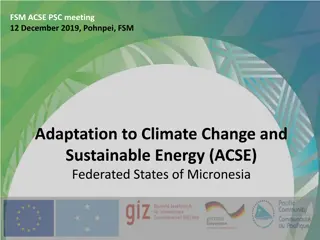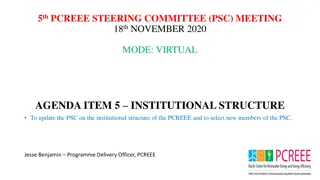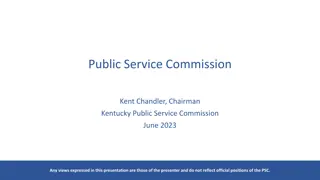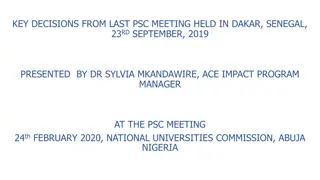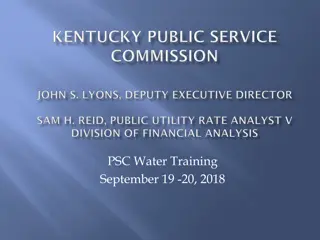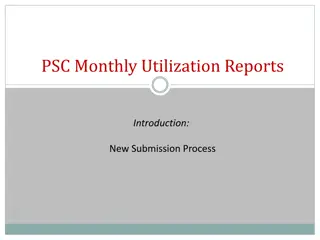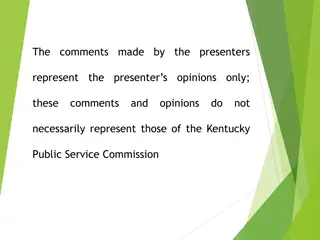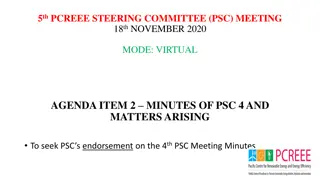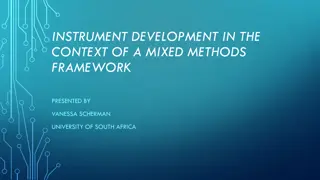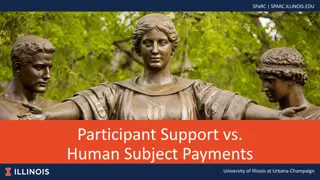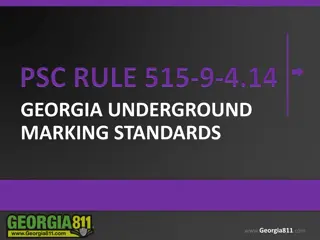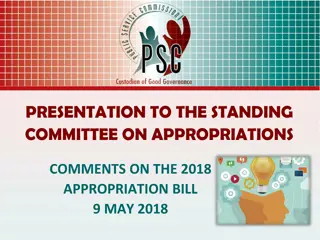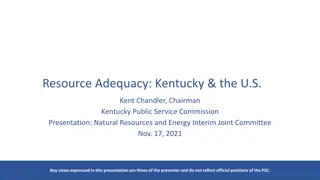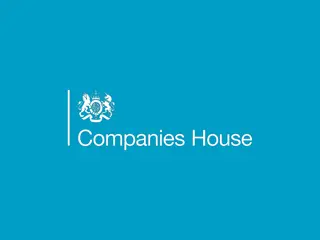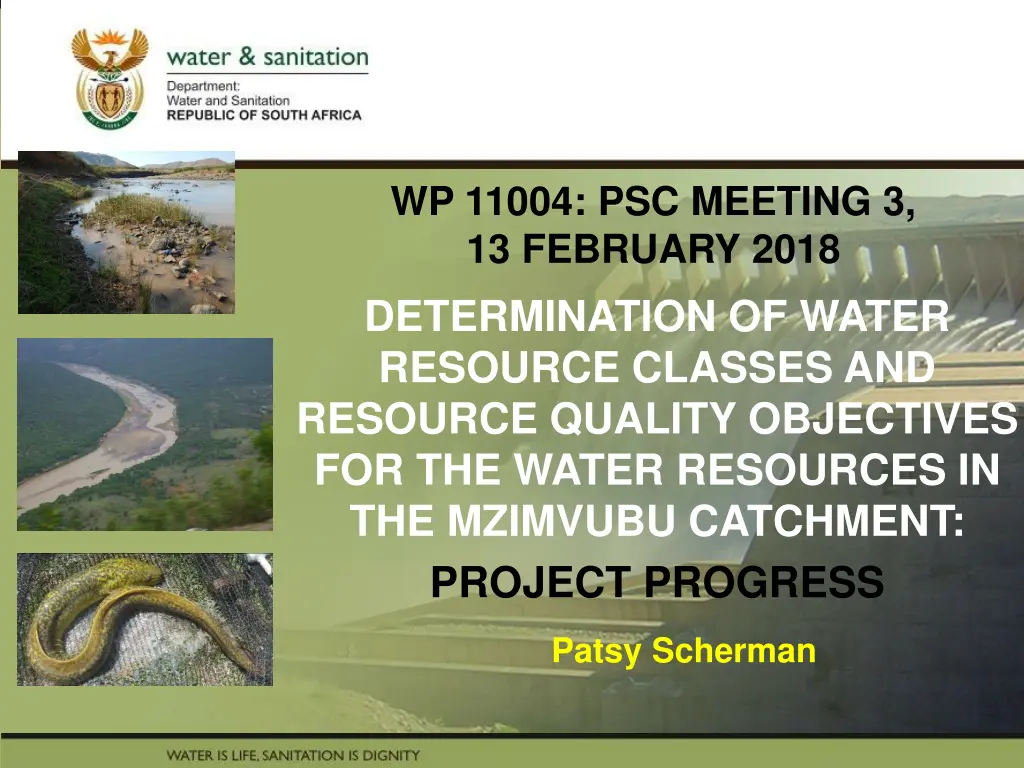
Progress Update on Water Resource Classification Project in Mzimvubu Catchment
"Explore the ongoing project focusing on determining water resource classes & quality objectives in the Mzimvubu catchment. Updates on stakeholder engagements, scenario modeling, and reporting status. Discover the phases of scenario modeling and key activities since the last meeting. Stay informed on the progress and key milestones achieved."
Uploaded on | 0 Views
Download Presentation

Please find below an Image/Link to download the presentation.
The content on the website is provided AS IS for your information and personal use only. It may not be sold, licensed, or shared on other websites without obtaining consent from the author. If you encounter any issues during the download, it is possible that the publisher has removed the file from their server.
You are allowed to download the files provided on this website for personal or commercial use, subject to the condition that they are used lawfully. All files are the property of their respective owners.
The content on the website is provided AS IS for your information and personal use only. It may not be sold, licensed, or shared on other websites without obtaining consent from the author.
E N D
Presentation Transcript
WP 11004: PSC MEETING 3, 13 FEBRUARY 2018 PRESENTATION TITLE DETERMINATION OF WATER RESOURCE CLASSES AND RESOURCE QUALITY OBJECTIVES FOR THE WATER RESOURCES IN THE MZIMVUBU CATCHMENT: PROJECT PROGRESS Presented by: Name Surname Directorate Date Patsy Scherman
PROJECT PLAN Step 1: Delineate and prioritise RUs and select study sites Step 2: Describe status quo and delineate the study area into IUAs STAKEHOLDER ENGAGEMENT Step 3: Quantify BHNR and EWR Step 4: Identify and evaluate scenarios within IWRM Step 5: Determine Water Resource Classes based on catchment configurations for the identified scenarios Step 6: Determine RQOs (narrative and numerical limits) and provide implementation information completed Step 7: Gazette Water Resource Classes and RQOs in progress
GENERAL PROGRESS
ACTIVITIES SINCE PSC 2, JULY 2017 EWR Estuary Report completed. Phase 1 of scenario modelling and ecological consequences completed. Motivation for additional modelling + scenarios when ProPlan data could not be accessed in time. Phase 2 scenario modelling completed. Consequences to scenarios completed. Reports currently under review. Groundwater and wetlands components completed (other than RQOs): To be reported at PSC 4. Feedback on Preliminary Classes to DWS HO at end Nov 2017, and RO in early Feb 2018. Training workshop held in East London (focussing on Classes determination + RQOs): 5-9 Feb 2018. Classes and Catchment Configuration Report initiated.
REPORTING STATUS Inception Report River survey Report Status Quo/Delineation Report Systems Modelling Report River Desktop EWR Report BHN Report River EWR Report Estuary EWR Report Two workshop reports; one training report Groundwater Report Wetland Report Scenario Description Report Ecological Consequences Report Additional results included as an Appendix to the Ecol Cons Report: Review underway Non-Ecological Consequences Report: Review underway
PHASE 2 OF SCENARIO MODELLING Background WRP (based on 2014 Feasibility data) and Pro- Plan/AECOM (2017 Design phase) modelling different in terms of: Models used. WRYM=monthly model vs. Pro-Plan / AECOM daily model Different data lengths as input data Different Operating Rules NB DWS intervention needed to get dam design + operational rules info from Pro-Plan, AECOM and the implementing agent, NWRIB. Additional modelling undertaken mid-Sept to mid-Oct 2017. Scenario evaluation thereafter.
TASKS FOR ADDITIONAL MODELLING Incorporate daily model operating rules into the monthly WRYM, and re-analyse scenarios as this will have an impact on the downstream EWR sites and Estuary, and Economic Analysis. Test to ensure similar functionality and flow regimes at common points. Scenario analysis undertaken iteratively for optimisation purposes. Additional ecological consequences undertaken; followed on to Economic and Ecosystem Services consequences steps.
PHASE 2 SCENARIO MODELLING Implications Contract end date: Two month extension, so end July end September 2018. Gazetting period: April Sept 2018, rather than Feb July 2018. Reporting: Financial year deadlines should be met. Public meetings: Provisionally last week May 2018. Budget: No VO required. Budget reallocated. Note Recommended Catchment Configuration and Classes will be presented, but optimisation of the dam design and meeting of EWRs must be undertaken by the dam designers.

